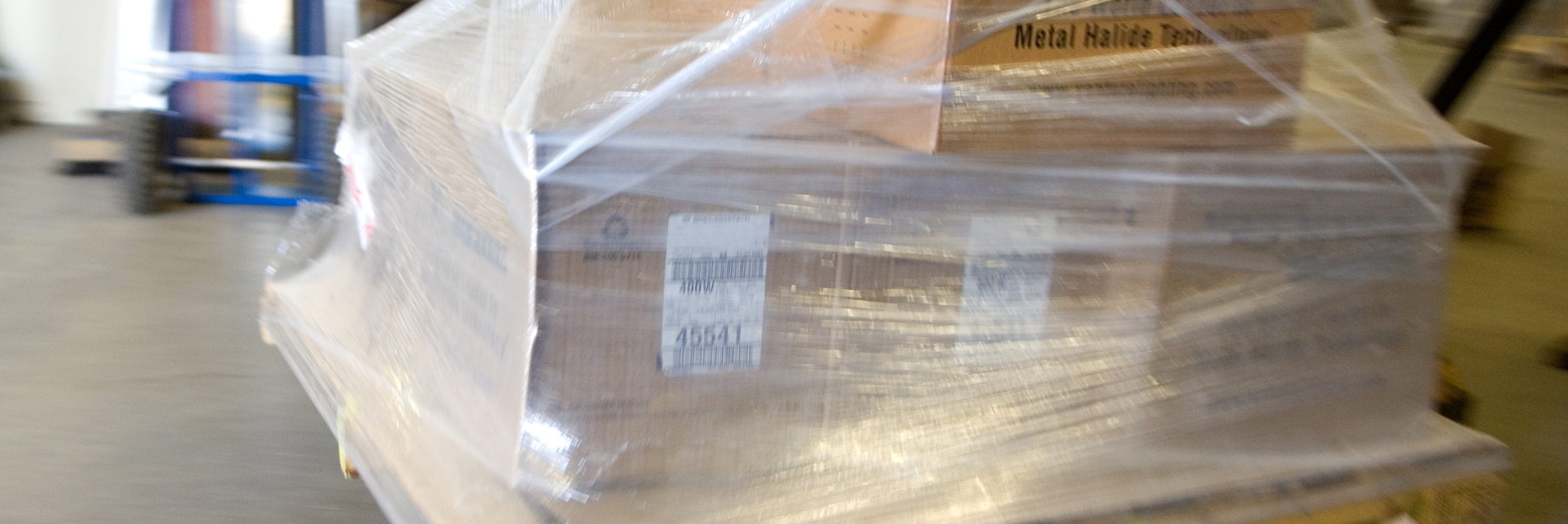Choosing the Right Packaging: Heat Shrink vs. Stretch Wrap for Pallets
In the logistics and supply chain management industry, efficient and secure packaging of pallets is crucial to ensure the safe transportation of goods. Two popular options for wrapping pallets are heat shrink and stretch wrap, each offering distinct advantages depending on the specific needs of the products being shipped. In this article, we will explore the characteristics and benefits of both heat shrink and stretch wrap to help businesses make informed decisions when it comes to pallet packaging.
Heat Shrink Wrap:
Heat shrink wrap is a packaging material that, when exposed to heat, contracts tightly around the items it encases. It is commonly used for bundling and securing palletized loads. The process involves placing the heat shrink film over the pallet and applying heat using a heat gun or tunnel. As the film shrinks, it conforms to the shape of the products, creating a tight and protective seal.
Advantages of Heat Shrink Wrap:
1. Security and Stability:
- Heat shrink wrap provides a secure and stable packaging solution. The tight seal prevents items on the pallet from shifting during transit, reducing the risk of damage.
2. Professional Appearance:
- The shrink film gives pallets a neat and professional appearance, which can be important for businesses that prioritize the presentation of their products.
3. Weather Resistance:
- Heat shrink wrap offers excellent weather resistance, protecting goods from environmental elements such as rain, snow, and UV rays.
Stretch Wrap:
Stretch wrap, also known as stretch film, is a stretchable plastic film commonly used for palletizing goods. It is applied by hand or with a stretch wrap dispenser, and it adheres to itself when stretched, creating a tight seal around the palletized load.
Advantages of Stretch Wrap:
1. Versatility:
- Stretch wrap is highly versatile and can be used for various pallet sizes and shapes. It accommodates irregularly shaped loads more easily than heat shrink wrap.
2. Cost-Effectiveness:
- Stretch wrap is generally more cost-effective than heat shrink wrap. It requires minimal equipment and can be applied manually, reducing the overall packaging costs.
3. Ease of Application:
- Stretch wrap is easy to apply, and the process does not require specialized equipment. This makes it a practical choice for businesses with diverse packaging needs.
Choosing the Right Solution:
The choice between heat shrink and stretch wrap depends on several factors:
1. Product Characteristics:
- Consider the fragility, shape, and size of the products being shipped. Heat shrink wrap may be preferable for securing delicate or irregularly shaped items, while stretch wrap is more adaptable to various pallet configurations.
2. Budget Constraints:
- Evaluate your budget constraints. If cost-effectiveness is a primary concern, stretch wrap may be the more economical choice.
3. Weather Conditions:
- If your pallets are exposed to varying weather conditions during transportation or storage, heat shrink wrap may offer better protection against the elements.
Both heat shrink and stretch wrap are effective pallet packaging solutions, each with its own set of advantages. The decision between the two should be based on the specific requirements of the products being shipped, budget considerations, and the desired level of protection. By carefully assessing these factors, businesses can make informed choices to ensure the safe and secure transportation of their goods.
.png?width=2048&height=685&ext=.png)